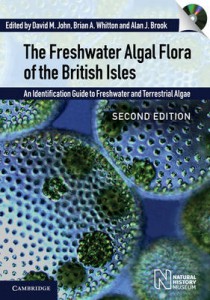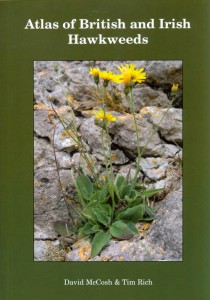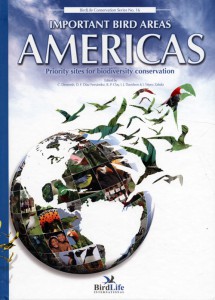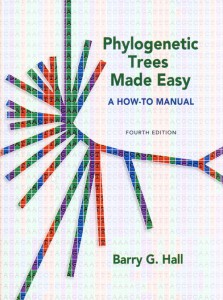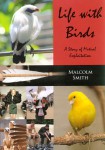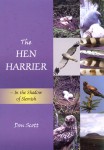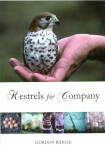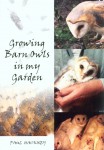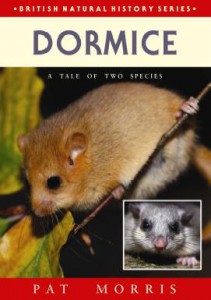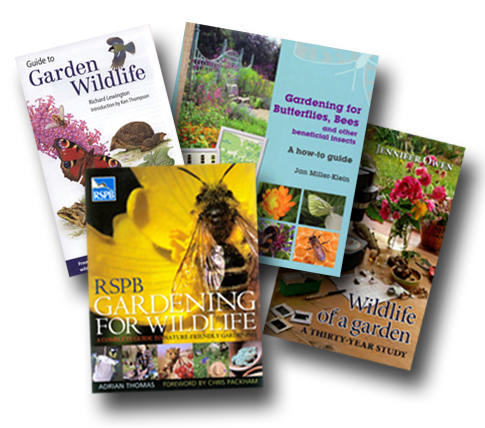The Freshwater Algal Flora of the British Isles: An Identification Guide to Freshwater and Terrestrial Algae, 2nd ed.
Save £15
Pre-order the new second edition of The Freshwater Algal Flora of the British Isles for £110 (reduced from £125).
Building on the success of the first edition and featuring contributions from leading experts in the field, this expanded and thoroughly revised second edition provides an indispensable guide to the freshwater and terrestrial algae of the British Isles.
It is an up-to-date account of and identification tool for more than 2400 algal species (excluding diatoms), highlighting their wider distribution around the world. Detailed descriptions are fully illustrated with clear line drawings and photographs including 190 full-page plates, eight of which are full colour… [read more]
Publication scheduled for late August 2011.
Offer ends 30/9/2011.

